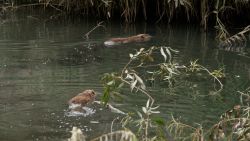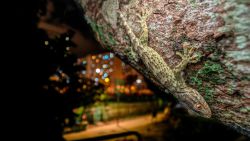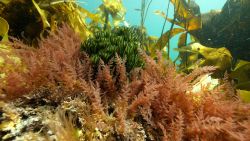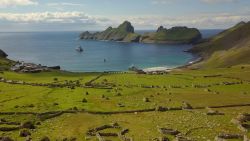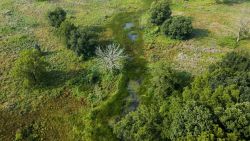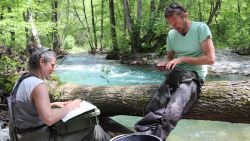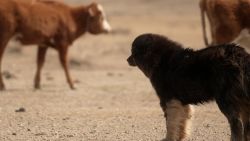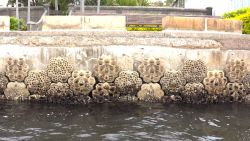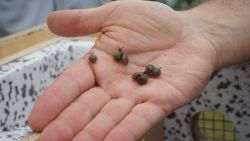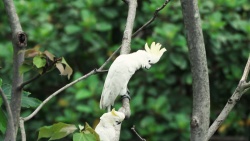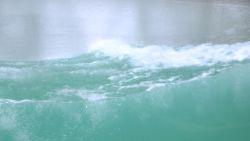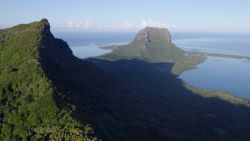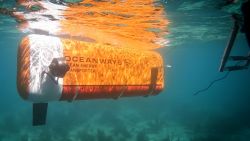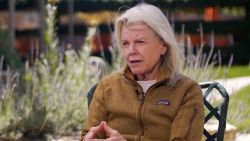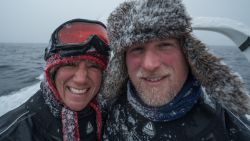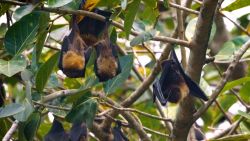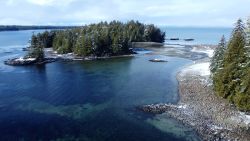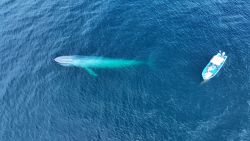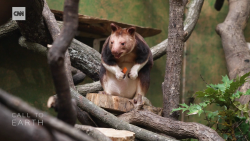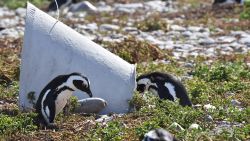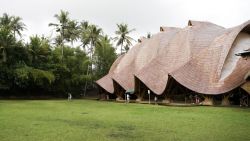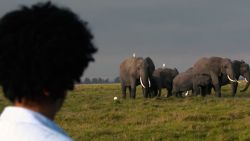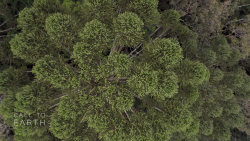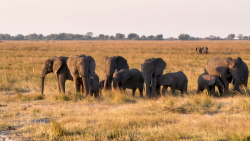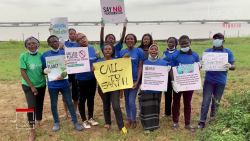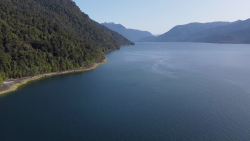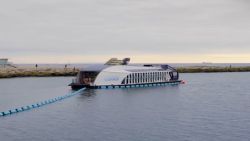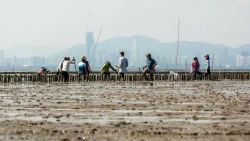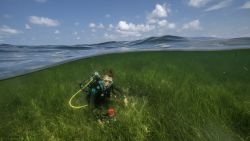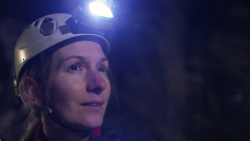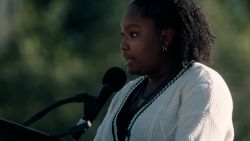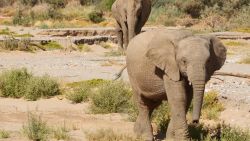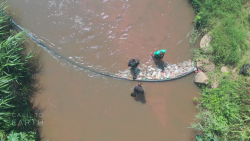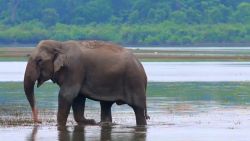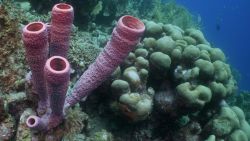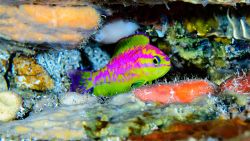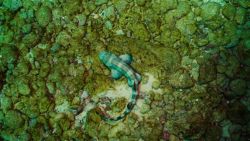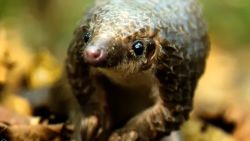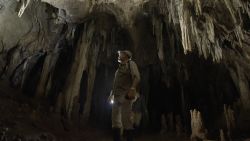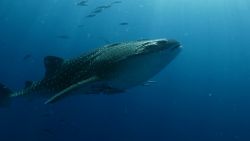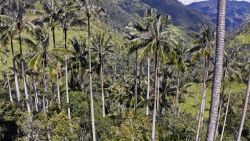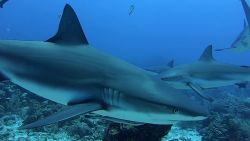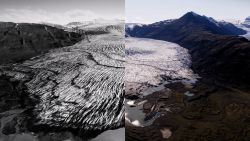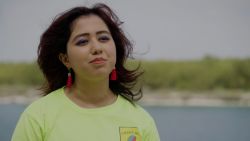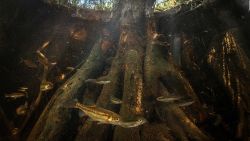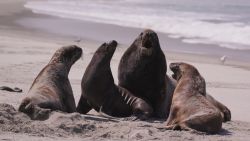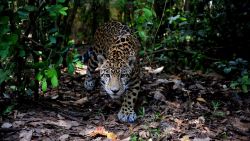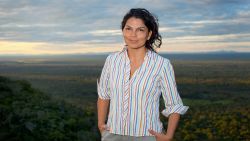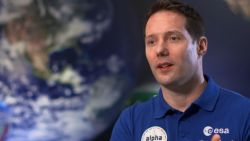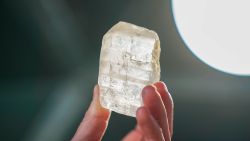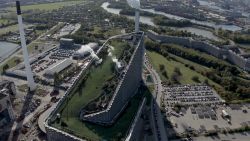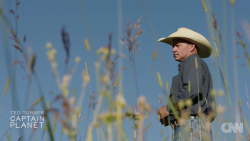Editor’s Note: Call to Earth is a CNN initiative in partnership with Rolex. Miranda Wang is a Rolex Laureate.
Our appetite for plastic continues unabated. But rather than make more, what if we could make do with what we have?
Recycling plastic has been a stop-start endeavor, plagued by limitations caused by the large variety of plastics we churn out, waste contamination, and the energy-intensive processes which can make recycling an economic moot point.
It’s estimated only 9% of plastic ever created has been recycled. But with the help of a chemical process, Canadian Miranda Wang and her company BioCellection want to change that.
Find out more about Call to Earth and the extraordinary people working for a more sustainable future
Closing the recycling loop
Stability is one of plastic’s greatest attributes. It’s also plastic’s greatest downside.
Unmaking plastic is tough. There’s limited evidence some plastics can biodegrade (one solution requires mealworms) but largely plastics photodegrade in the sun. It’s a lengthy process, and the truth is we can only estimate how long it takes.
What’s certain is that plastic is outliving millions of birds dying with stomachs filled with detritus, or ocean life consuming microplastics flowing up the food chain – all the way to us. With 8 million metric tons of plastic finding its way into the oceans every year and millions more piling up in landfill, recycling is of vital importance.
Wang is looking to break the inertia by making it cheaper to recycle plastic – and not just some plastics, but all.
BioCellection’s mission to “make plastic waste infinitely recyclable,” says Wang. “We live in a plastic age, and we can’t avoid that material… (But) frankly our world hasn’t been moving forward in innovating plastic recycling for the past decades.”
She outlines two current methods. One is to take plastics like water bottles, wash them, shred them, melt and reconstitute them. “That’s a very limited process,” she says, due to the requirement that plastic be “clean.”
The other, which can handle dirtier plastics and a level of contamination, is called pyrolysis. Intense heat is applied to break down plastics so they can be reused as oils and for energy. The product may be recycled, but “(it’s) not economical,” she says.
BioCellection’s solution builds on research from over ten years ago, Wang explains, when a US study discovered pure polyethylene powder could be broken down by a catalyst.
Read: A vast library of tree DNA could protect the world’s forests
Working in their high school lab in Vancouver, Wang and her co-founder Jeanny Yao stumbled upon a soil-based bacteria capable of eating plastic (not the only bacteria discovered to be capable of doing so). In the years since, they engineered a comparable catalyst capable of doing the same job as the bacteria, only faster, which evenworks on plastics no one else can recycle at present.
“We have now found a catalyst that is much cheaper than the one that was used before,” Wang says. Currently focusing on plastic films like shopping bags, the three-hour process breaks down plastic into chemicals that can act as the building blocks for more complex plastic products: nylon for clothes, shoe soles, even automobile parts.
“Right now we’re able to achieve about 70% conversion from plastic waste material to these chemicals,” she adds, saying they’re working to boost that figure. Crucially, BioCellection believes that when scaled up, it could undercut the virgin plastic market.
Read: Bringing back bison to restore America’s lost prairie
“We believe that our process is actually cheaper than processes that currently depend on using petroleum to make these chemicals,” Wang says. “The cost reduction could be up to 30-40%.”
From pollution to Patagonia?
The company has attracted attention, and Schmidt Marine Technology Partners (established by ex-Google executive chairman Eric Schmidt and his wife Wendy) is among its supporters. BioCellection is now building partnerships with sorting facilities including Greenwaste in San Jose, along with chemical companies and brands to build their supply chain.
“My dream is to be able to see that something that is a sad piece of plastic – that would right now go to the ocean or landfill – could be used to make a brand-new Patagonia jacket, or a brand-new pair of running shoes, or could be used in other industrial applications,” says Wang.
Our plastic addiction isn’t going away, but the co-founder remains optimistic.
“(These) problems always seem insurmountable, but they’re all created bit by bit. I think when it comes to solving the massive world problems we have, many of the answers are embedded in technology.”
“There’s so much creativity out there, so much knowledge in our world, I believe we’re able to solve all of them if we try.”
An earlier version of this story stated that BioCellection used bacteria in their recycling process. Wang and Yao use a chemical catalyst instead of the soil-based bacteria.



